CryptoCurrency
SHIB Price Poised to Climb? 3 Reasons Behind Shiba Inu’s Bullish Outlook

TL;DR
- Shiba Inu (SHIB) might not be in its best shape, but several elements suggest it could witness a renewed bull run in the near future.
- Its latest plunge coincides with the overall market decline following Donald Trump’s inauguration on January 20.
What Might Ignite a Rally?
Shiba Inu (SHIB) experienced a significant pump in mid-January, reaching a local peak of around $0.00002485 (per CoinMarketCap’s data). Since then, though, it has been on a downfall, currently trading at roughly $0.000021.
Its underperformance coincides with the broader decline of the cryptocurrency market, which occurred shortly after Donald Trump’s inauguration. While some industry participants expected him to mention the digital asset industry in his speech, the Republican did not say a single word on the topic. This might explain why numerous tokens (including SHIB) are in the red today (January 21).
Nonetheless, some essential factors signal that the popular meme coin could experience a new bull run soon. One of those is the burning mechanism, which aims to reduce SHIB’s circulating supply and potentially make it more valuable through scarcity. Over the past 24 hours, the burn rate has exploded by 500%, resulting in approximately 2.8 million tokes sent to a null address.
Next on the list is the uptrend of TREAT. The Shiba Inu-related coin, which is designed to enhance utility and engagement across the network’s projects and serve as a reward token within the ecosystem, officially saw the light of day on January 14.
While TREAT has been underperforming in the past week, its price soared by over 50% in the last 24 hours, rising to as high as $0.013. It retraced to the current $0.0082 in the following hours but remains in green territory.
Being closely connected to Shiba Inu, the potential further advancement of TREAT may positively affect the second-biggest meme coin.
Third, we will focus on SHIB’s exchange netflow, which has been negative for the past four days. This development signals a shift from centralized exchanges toward self-custody methods, which could be considered bullish since it reduces the immediate selling pressure.
Bonus: DOGE’s Influence
It is worth mentioning that SHIB’s potential short-term rally could also be propelled by Dogecoin’s price performance.
DOGE is the undisputed leader in the meme coin niche, and its rivals sometimes mimic its price swings. Most recently, its valuation briefly exploded by double digits after the Elon Musk-led Department of Government Efficiency (D.O.G.E.) featured the meme coin’s logo on its official website.
It will be interesting to see whether the asset will thrive under the new US presidency and how it will affect the rest of the memes.
Binance Free $600 (CryptoPotato Exclusive): Use this link to register a new account and receive $600 exclusive welcome offer on Binance (full details).
LIMITED OFFER for CryptoPotato readers at Bybit: Use this link to register and open a $500 FREE position on any coin!
CryptoCurrency
Argo Blockchain CEO resigns due to financial struggles


Bitcoin miner Argo Blockchain announced a CEO departure and interim leadership changes.
Argo Blockchain, the British dual-listed Bitcoin (BTC) mining company, has revealed that CEO Thomas Chippas will step down from his role and board position, effective Feb. 28.
CFO Jim MacCallum will step in as interim CEO while the company conducts a search for a permanent successor.
Chippas, who joined Argo in November 2023, led several financial improvements during his tenure. These included the early repayment of the company’s Galaxy loan and strengthening its balance sheet.
Argo’s heavy losses
Despite these initiatives, Argo continues to face significant challenges. According to Finance Magnates, the company reported a $6.3 million net loss in Q3 2024, with revenue falling 28% year over year to $7.5 million.
In December, Argo raised $5.3 million through a share subscription to support strategic initiatives. These included relocating or selling mining equipment from its Helios facility in Texas and maintaining operations in Quebec, Canada.
The company’s latest mining report highlights stagnant production, with 39 Bitcoin mined in December — the same figure as November — marking a five-month low.
CryptoCurrency
Bitcoin Could Surge To $1.7M, According To CryptoQuant

They say journalists never truly clock out. But for Christian, that’s not just a metaphor, it’s a lifestyle. By day, he navigates the ever-shifting tides of the cryptocurrency market, wielding words like a seasoned editor and crafting articles that decipher the jargon for the masses. When the PC goes on hibernate mode, however, his pursuits take a more mechanical (and sometimes philosophical) turn.
Christian’s journey with the written word began long before the age of Bitcoin. In the hallowed halls of academia, he honed his craft as a feature writer for his college paper. This early love for storytelling paved the way for a successful stint as an editor at a data engineering firm, where his first-month essay win funded a months-long supply of doggie and kitty treats – a testament to his dedication to his furry companions (more on that later).
Christian then roamed the world of journalism, working at newspapers in Canada and even South Korea. He finally settled down at a local news giant in his hometown in the Philippines for a decade, becoming a total news junkie. But then, something new caught his eye: cryptocurrency. It was like a treasure hunt mixed with storytelling – right up his alley!
So, he landed a killer gig at NewsBTC, where he’s one of the go-to guys for all things crypto. He breaks down this confusing stuff into bite-sized pieces, making it easy for anyone to understand (he salutes his management team for teaching him this skill).
Think Christian’s all work and no play? Not a chance! When he’s not at his computer, you’ll find him indulging his passion for motorbikes. A true gearhead, Christian loves tinkering with his bike and savoring the joy of the open road on his 320-cc Yamaha R3. Once a speed demon who hit 120mph (a feat he vowed never to repeat), he now prefers leisurely rides along the coast, enjoying the wind in his thinning hair.
Speaking of chill, Christian’s got a crew of furry friends waiting for him at home. Two cats and a dog. He swears cats are way smarter than dogs (sorry, Grizzly), but he adores them all anyway. Apparently, watching his pets just chillin’ helps him analyze and write meticulously formatted articles even better.
Here’s the thing about this guy: He works a lot, but he keeps himself fueled by enough coffee to make it through the day – and some seriously delicious (Filipino) food. He says a delectable meal is the secret ingredient to a killer article. And after a long day of crypto crusading, he unwinds with some rum (mixed with milk) while watching slapstick movies.
Looking ahead, Christian sees a bright future with NewsBTC. He says he sees himself privileged to be part of an awesome organization, sharing his expertise and passion with a community he values, and fellow editors – and bosses – he deeply respects.
So, the next time you tread into the world of cryptocurrency, remember the man behind the words – the crypto crusader, the grease monkey, and the feline philosopher, all rolled into one.
CryptoCurrency
Investment Firm Kingdom Holding Shuns Potential Crypto Investment Over Limited Utility: Reuters


Kingdom Holding, the investment firm of Saudi Arabian Prince Alwaleed Bin Talal, won’t invest in cryptocurrency in the near future because it has not been adopted as a payment method for goods and services, CEO Talal Ibrahim al-Maiman said, Reuters reported.
The prince, a senior member of the Saudi royal family is known for his Warren Buffett-style value investing approach and, like him, has consistently shunned crypto. The company’s estimated $13.6 billion in assets are held in a diversified portfolio that includes holdings in finance, hospitality, health care, media, technology and real estate companies.
“We support Mr. Buffet’s theory that you don’t buy with, don’t invest in, so as we cannot buy any goods with cryptocurrencies, therefore we are currently not looking into investing in them,” Al-Maiman said on the sidelines of the World Economic Forum in Davos, according to Reuters.
Rumors on social media have for long suggested that the Saudi royal family would invest in cryptocurrencies, and the recently improved U.S. regulatory outlook given President Donald Trump’s pro-crypto stance was seen as a catalyst for that investment.
Al-Waleed’s public comments on bitcoin reflect the company’s crypto concerns. In 2017, the Saudi prince said he believes the cryptocurrency is “just going to implode one day.”
CryptoCurrency
Melania Trump's Meme Coin Launch Sparks Discussions on Lightchain AI's Growth
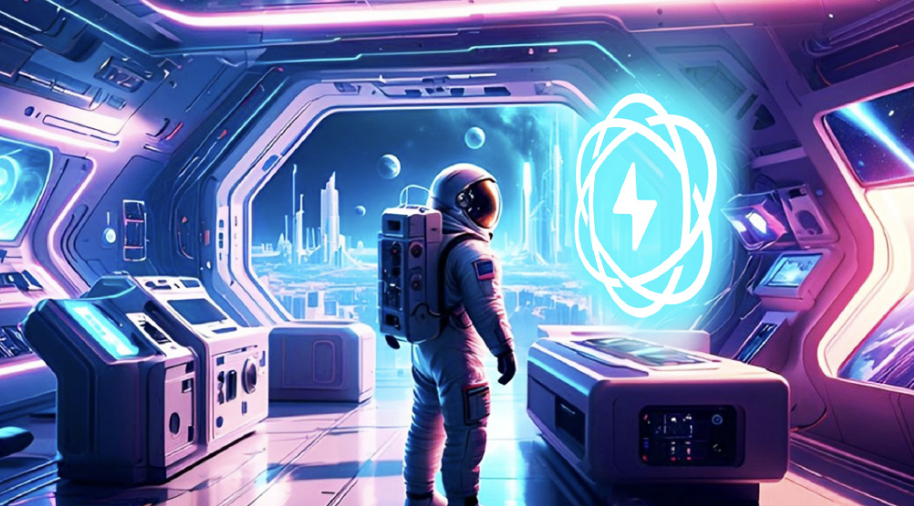
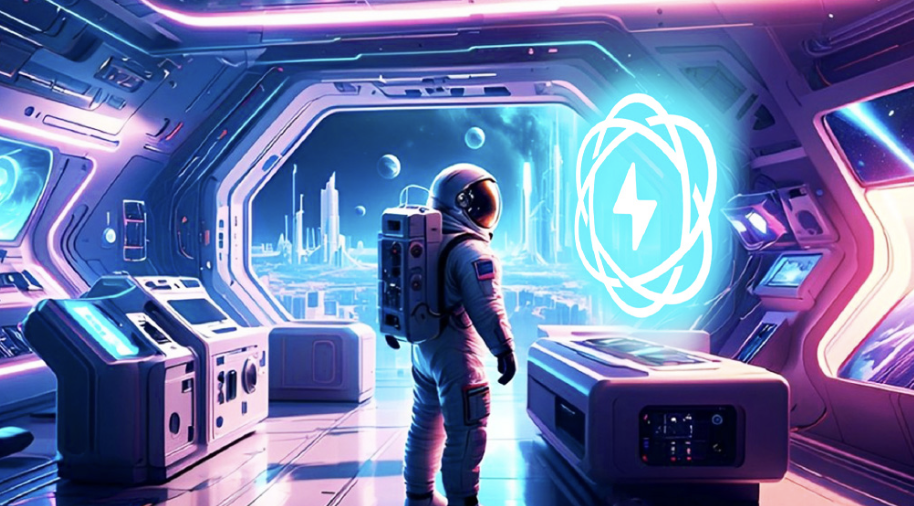
Melania Trump’s introduction of a meme coin has sparked conversations about the broader cryptocurrency market, drawing attention to innovative projects such as Lightchain AI. Amid the growing interest in meme coins, Lightchain AI is establishing itself as a leader in blockchain innovation, seamlessly integrating artificial intelligence with decentralized technology.
Currently in its presale phase at $0.005625 per token, Lightchain AI has already raised $12.3 million, reflecting strong investor confidence. With its emphasis on sustainable growth, the project stands out as a promising player in the rapidly evolving crypto space.
Melania Trump’s Meme Coin Launch Ignites Buzz in Crypto World
On January 19, 2025, Melania Trump a First Lady shown the $MELANIA meme coin after Donald Trump’s earlier start of the $TRUMP coin. The $MELANIA token came out at $12.03 with a market worth of $1.9 bil͏lion.
This effort is part of a wider movement of well-known people getting into the crypto space, showing how more folks are accepting digital money. But, the ups and downs seen in both $TRUMP and $MELANIA coins shows the risky side of meme coins, pointing out that it’s smart to invest carefully and look at the market closely.
How Lightchain AI Stands Out Amid Meme Coin Trends
Amid the rise of meme coin trends, Lightchain AI stands out with its robust technological foundation and focus on scalability and real-world utility. While many projects struggle with technical risks, such as scalability and resource limitations, Lightchain AI employs advanced solutions like sharding and Layer 2 integrations to handle high workloads efficiently. This ensures the network remains responsive even under significant demand.
Interoperability further strengthens its position by enabling seamless data exchange with other blockchain networks, fostering broader adoption and collaboration.
To address risks, Lightchain AI integrates mitigation strategies like dynamic resource allocation, cryptographic security, and a transparent governance model. These proactive measures solidify Lightchain AI as a reliable and scalable alternative, distinguishing it from short-lived meme coin projects.
Lightchain AI’s Growing Momentum Captures Investor Interest
Lightchain AI is making waves, capturing the spotlight of investors and institutions worldwide. With its revolutionary technology and commitment to sustainable growth, it’s earning praise from industry experts and winning the trust of its growing community.
The buzz doesn’t stop there—Lightchain AI is paving the way for real-world innovation. Its latest partnership with a top AI firm highlights the exciting possibilities of combining decentralized tech with artificial intelligence.
This groundbreaking collaboration sets the stage for game-changing advancements, marking a huge leap forward for both industries. Stay tuned—big things are happening!
https://lightchain.ai/lightchain-whitepaper.pdf
https://t.me/LightchainProtocol
Disclaimer: This is a sponsored article and is for informational purposes only. It does not reflect the views of Crypto Daily, nor is it intended to be used as legal, tax, investment, or financial advice.
CryptoCurrency
Crypto unlocks a borderless world and merchants hold the key to the future
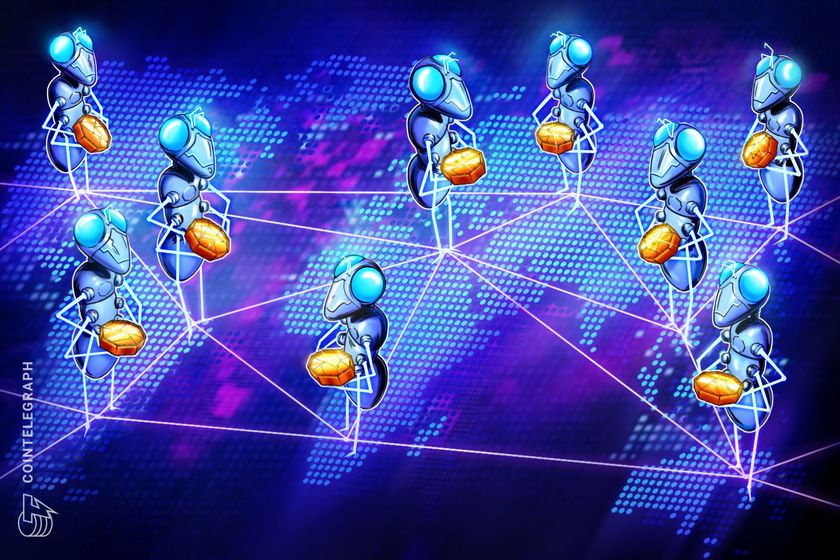
Cryptocurrency adoption by merchants is reshaping global commerce, driving financial inclusivity and enabling a borderless future.
CryptoCurrency
State pension crisis as Britons face £25,000 savings shortfall in retirement

Retirees need £36,915 per year for a comfortable retirement in 2025, leaving a substantial £25,413 gap compared to the state pension, new research has revealed.
Findings from Shepherds Friendly highlight the significant shortfall facing pensioners who rely solely on state support.
Despite the clear disparity between retirement needs and state provision, a “surprising” number of people have not considered how much they need annually for retirement, according to the research.
Shepherds Friendly warns that while the state pension provides a financial safety net, it falls far short of what most people need for an enjoyable retirement. Housing costs represent the largest expense for retirees, with mortgage repayments and additional housing costs averaging £7,600 per year.
Fuel and power bills follow as the second-highest expenditure at £3,600 annually. Transport costs account for £3,392 per year, while food and drink expenses amount to £3,530.
Beyond essential spending, retirees typically allocate £3,238 annually for recreation and cultural activities. Dining out and hotel stays make up a smaller portion of retirement spending, with an average of £1,667 per year dedicated to restaurants and accommodation.
Do you have a money story you’d like to share? Get in touch by emailing money@gbnews.uk.

Britons could face a pension savings shortfall, experts warn
GETTY
A comfortable retirement in 2025 would require an annual income of nearly £50,000, according to the research. Those seeking a moderate retirement lifestyle would need approximately £31,848 each year.
Derence Lee, chief financial officer at Shepherds Friendly, noted that many people find it “easy” to postpone thinking about their later years.
He added that the rising cost of living makes saving for the future particularly challenging for some individuals. The research indicates that relying solely on the state pension to cover retirement costs would be “extremely challenging,” with savers urged to begin saving earlier to boost their investments.
The full UK state pension currently stands at £11,502 per year, equivalent to approximately £221 weekly. This basic level of support falls significantly below the amount needed for retirement, according to Shepherds Friendly.

Pensioners are worried about their retirement
GETTY
The financial services provider emphasises that while the state pension serves as a safety net, it is insufficient for most people’s retirement aspirations. Furthermore, the research highlights a concerning trend where many individuals, despite recognising the pension gap, have not taken adequate steps to address it.
This remains true even for those already contributing to private or workplace pensions. The findings suggest that proactive financial planning beyond state pension provisions is essential for securing a comfortable retirement.
Notably, the average retiree faces £38,000 in remaining mortgage debt by age 65, the research shows. For those on a five-year mortgage term, this translates to annual payments of around £7,600 when retiring at 65.
These mortgage commitments represent a significant portion of retirement expenses, potentially straining already limited pension resources. The findings emphasise the importance of factoring housing costs into retirement planning, as mortgage payments often continue well into retirement years.
This mortgage burden adds another layer of financial pressure beyond everyday living expenses for retirees. Borrowers have been saddled with hiked interest rates following recent actions from the Bank of England.
The data suggests that prospective retirees should carefully consider their housing situation when planning for retirement, as mortgage costs could consume a substantial portion of their annual income.
LATEST DEVELOPMENTS:

Those approaching retirement, or who have retired, have struggled with mortgage payments
GETTY
Chris Rudden, the head of Investment Consultants at Moneyfarm, emphasises the importance of early pension planning.
He said: “For a lot of people, your pension may be the last thing on your mind. However, it is best to stay on top of this so you can reap the rewards later in life.”
Rudden stresses that starting pension contributions early is crucial, noting that “making small contributions now is a lot easier than playing catch up”.
He points to the issue of lost pensions, with research showing the average Briton believes they have around £13,000 spread across three forgotten pension plans.
“Why not use the new year to track some of these down,” Rudden suggests, highlighting how workplace changes can lead to misplaced pension investments.
CryptoCurrency
Early investors eye these 5 meme coins for gains, CATZILLA leads the pack

Disclosure: This article does not represent investment advice. The content and materials featured on this page are for educational purposes only.
As the crypto market surges, meme coin CATZILLA captures attention with promises of massive returns and a bold mission to disrupt the space.
As the crypto market experiences a surge, certain meme coins are catching significant attention. Among them, CATZILLA stands out, captivating early investors with promises of remarkable returns. These emerging tokens are drawing interest not only for their humor and community appeal but also for their potential to deliver extraordinary financial gains in the current bullish landscape.
Catzilla: Pouncing into the meme coin spotlight

In the vibrant world of meme coins, where creativity meets opportunity, CATZILLA is staking its claim as a breakout star. Inspired by the legendary success of tokens like Dogecoin (DOGE), Shiba Inu (SHIB), and PEPE, Catzilla fuses the chaotic energy of Japanese kaiju culture with cutting-edge crypto innovation. Its Godzilla-sized feline mascot creates an engaging, story-driven narrative that appeals to gamers, anime lovers, and investors alike.
With its anime-inspired flair and rebellious spirit, Catzilla doesn’t just aim to entertain; it’s rallying a community of crypto enthusiasts ready to rewrite the rules of decentralized finance.
Unlike the flash-in-the-pan meme coins of the past, Catzilla is here to stay. Its presale offers a unique 14-stage rollout, giving early adopters multiple opportunities to secure tokens at a steadily increasing price. With a projected ROI of 700%, Catzilla is shaping up to be more than just a meme; it’s a serious contender for investors chasing exponential gains.
Catzilla operates on a powerful threefold value proposition:
- Epic gameplay: A thrilling game that lets players earn rewards while immersing themselves in a chaotic, kaiju-inspired universe.
- Unified mission: A bold vision to disrupt the greed and manipulation often associated with the crypto space.
- Community spirit: A vibrant, inclusive movement that combines the fun of meme culture with the potential for financial freedom.
By merging entertainment with empowerment, Catzilla is setting a new standard for what meme coins can achieve. Catzilla isn’t just another meme coin; it’s a revolution. By embracing its bold and monstrous identity, it’s restoring the playful and decentralized spirit of crypto while offering transparency and fairness to its users.
Shiro Neko price eyes major upswing: Is a rally coming?
Shiro Neko is testing new grounds as prices hover between $0.000000026 and $0.000000093. Currently, it’s dancing close to its 10-day SMA but lags behind the 100-day SMA. There’s potential for growth with the first resistance at $0.000000135. Breaking past this could lead to a surge towards the second resistance at $0.000000201, representing potential gains of over 100%.
The MACD remains negative, signaling some caution. However, the wide gap between support and resistance levels suggests room for bullish movement. If bulls take charge, Shiro could outperform and carve a new path upward, promising an exhilarating ride for investors.
Degen: Set for a comeback?
Degen is bouncing back with its price stabilizing between $0.007029 and $0.010264. The RSI at 53.34 suggests it’s not overbought or oversold, showing a balanced momentum. The 10-day moving average is slightly below its 100-day, hinting at potential upward movement. Currently, it’s fighting to break through the nearest resistance at $0.012371.
If it succeeds, the next target is $0.015606, representing a gain of over 50% from current levels. While recent price changes have been negative, the long-term 6-month change of 2.00% suggests resilience. With market sentiment picking up, Degen seems positioned for a rally amid a broader crypto bull run.
Chill Guy poised for a potential breakout
CHILLGUY is currently priced between $0.07 and $0.13, showing potential for growth. The nearest resistance at $0.17 is key. If broken, it could surge to $0.23, marking a substantial increase. The 10-day simple moving average at $0.08 suggests a potential upward trend. Meanwhile, the RSI is at 56.07, indicating there’s room for growth before it hits overbought levels.
Stochastic also signals a possible move up. Despite recent declines in both weekly and monthly terms, there’s optimism among traders for an altcoin season surge. This could provide the momentum needed to break resistance levels and drive significant price increases for CHILLGUY.
Fartcoin’s price skyrockets, eyeing new highs
Fartcoin is on a bullish path with a recent surge in its price. In the past week, the price jumped over 74%, and in the last month, it climbed by 134%. This strong momentum suggests further growth potential. Fartcoin currently trades between $0.98 and $3.05, moving past its short-term moving averages. The RSI at 53.93 indicates more room to grow.
The coin could target its first resistance level at $3.94 and potentially reach the second level at $6.01. With a 100-day moving average of $1.82, Fartcoin shows a promising upward trend. The emotional excitement in both short and long terms hints at an altcoin season, possibly paving the way for a broader crypto bull run.
Conclusion
While SHIRO, DEGEN, CHILLGUY, and FARTCOIN have less short-term potential, Catzilla stands out as the ultimate meme coin hero. Offering major ROI during presale, from $0.0002 to $0.0016 over 14 stages, it combines governance, loyalty rewards, and passive staking. Catzilla unites a community to dismantle toxic systems and achieve new heights in financial freedom.
To learn more about Catzilla, visit the website, X, Telegram chat.
Disclosure: This content is provided by a third party. crypto.news does not endorse any product mentioned on this page. Users must do their own research before taking any actions related to the company.
CryptoCurrency
Meme Index ICO Raises Millions as Investors Bet Big on New Era of Meme Coin Trading
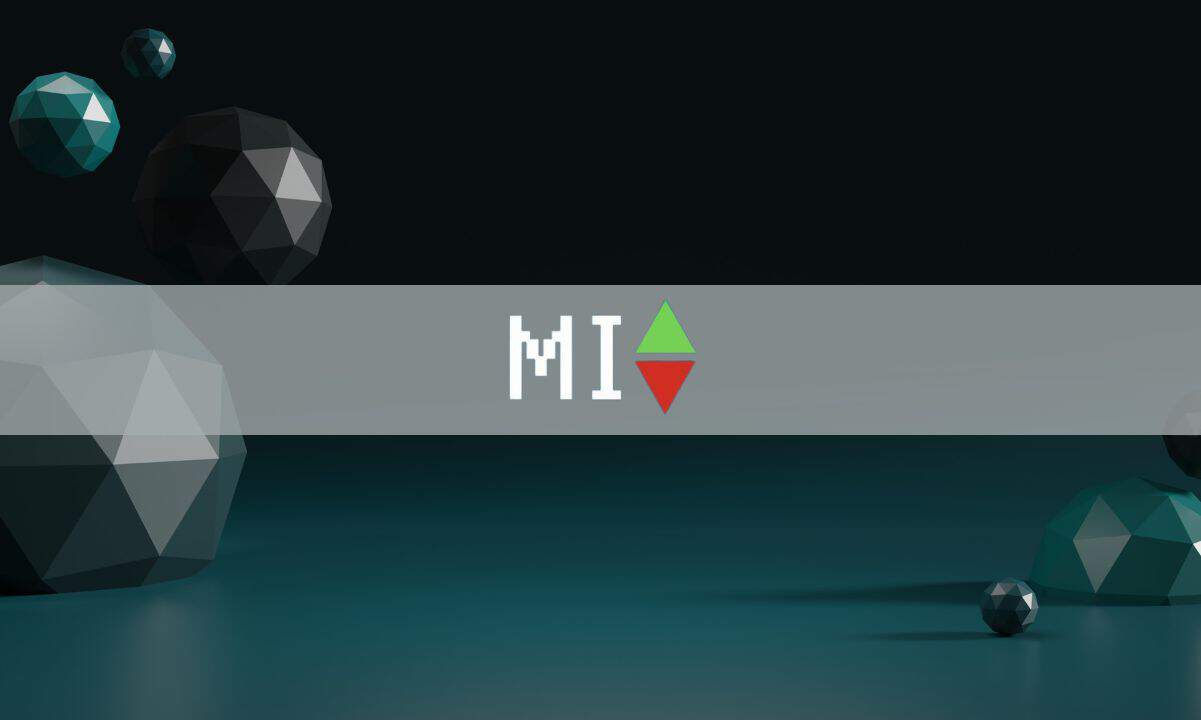
Meme coins are famous for their volatility – but a new project wants to bring order to the chaos.
Meme Index (MEMEX) has raised over $2.7 million for its index-based approach to meme coin investing.
And with its early momentum showing no signs of fading, the future looks promising for MEMEX.
How Meme Index’s Diversification Strategy Works in Practice
Meme Index offers a simple solution to the volatility of meme coins: diversification.
Instead of betting on a single coin, Meme Index lets investors spread their risk across the entire meme coin market, similar to how traditional investors diversify their portfolios with stocks.
This is achieved through four indexes – each targeting a different area of the meme coin market.
The Meme Titan Index focuses on established coins like PEPE and SHIB, offering a more conservative approach.
For those seeking higher-risk, higher-reward opportunities, the Moonshot Index tracks promising newcomers with strong potential.
The Midcap and Frenzy Indexes cater to those interested in smaller coins.
This structure lets traders choose their risk level, offering exposure to big names and low-cap gems.
All while mitigating the anxiety of single-token investments.
It’s a setup that’s attracting a lot of attention online, especially on Twitter, where Meme Index has over 21,000 followers.
The MEMEX token has also been ranked on CoinSniper’s list of cryptos to watch.
MEMEX Token – High Yields Meet Community Governance
MEMEX is more than just a random coin; it’s the key to unlocking all of Meme Index’s features.
Holding MEMEX grants users access to all four indexes and also gives them governance rights.
This means token holders can actively participate in shaping Meme Index’s future.
They can vote on everything, from index composition to which features the development team should add next.
What’s also eye-catching is Meme Index’s staking program.
This program offers market-beating yields for MEMEX holders, estimated at 856% annually.
That means an investor could hypothetically stake 100,000 MEMEX and see their holdings grow to over 950,000 tokens in just one year (assuming the yield remains constant).
Some big-name YouTubers are beginning to discuss Meme Index’s potential.
NASS CRYPTO, who has over one million subscribers, released a viral video earlier this week about the project.
It has had more than 68,000 views in 24 hours.
The fact that such popular influencers are talking about Meme Index shows just how much interest there is in meme coin trading solutions.
Why Meme Index Could Thrive in a 2025 Bull Market
Meme Index’s momentum coincides with some bullishness in the crypto market.
Bitcoin’s latest all-time high and Wall Street’s growing acceptance of crypto have created huge positivity.
Political developments, such as Trump making pro-crypto appointments, add to the bullish sentiment.
Many believe the market is primed for another bull run.
And this context makes Meme Index particularly interesting.
During the previous bull run, meme coins produced enormous returns for some investors, but others suffered losses by getting in at the wrong time.
Meme Index’s index-based approach offers a solution to this.
Instead of trying to pinpoint when a meme coin might break out, traders can instead diversify across a basket of coins, capturing potential gains across the board.
The benefits of this are huge – lower risk, more balanced exposure, and a strategy that’s built for the long term.
No wonder Meme Index’s Telegram channel has multiplied in early 2025.
So, with millions in presale funding raised and a fast-growing online community, Meme Index looks set for a successful year.
Disclaimer: The above article is sponsored content; it’s written by a third party. CryptoPotato doesn’t endorse or assume responsibility for the content, advertising, products, quality, accuracy, or other materials on this page. Nothing in it should be construed as financial advice. Readers are strongly advised to verify the information independently and carefully before engaging with any company or project mentioned and do their own research. Investing in cryptocurrencies carries a risk of capital loss, and readers are also advised to consult a professional before making any decisions that may or may not be based on the above-sponsored content.
Readers are also advised to read CryptoPotato’s full disclaimer.
Binance Free $600 (CryptoPotato Exclusive): Use this link to register a new account and receive $600 exclusive welcome offer on Binance (full details).
LIMITED OFFER for CryptoPotato readers at Bybit: Use this link to register and open a $500 FREE position on any coin!
CryptoCurrency
Musk’s DOGE Website Is Live, Will Solaxy Presale 100x?

Day Two of the Trump administration and the DOGE (Department of Government Efficiency) website is up and running. Only time will tell if DOGE actually accomplishes anything. The big idea behind it is to find savings and improve the efficiency of the government. And who better to do that than Elon Musk himself?
Maybe this new government department could start with disbanding useless government departments?
Dogecoin to be the Official US Government Cryptocurrency?
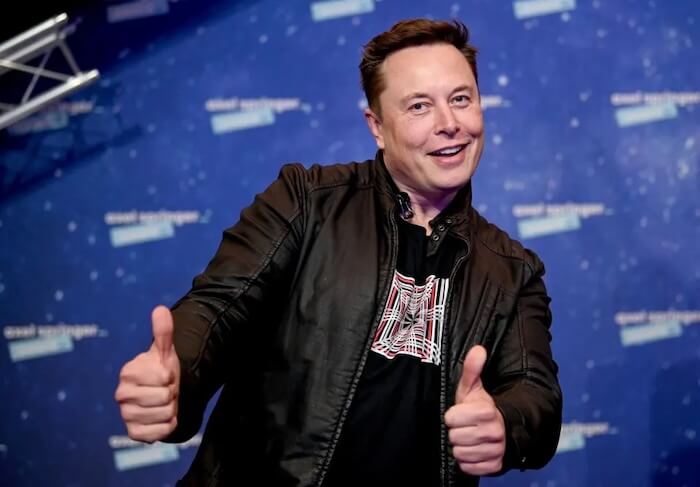
It wouldn’t be a stretch to assume that one of the cost savings a Department of Government Efficiency could implement would be to move the payroll of federal transactions over to the blockchain. Since Musk is a crypto fanatic, it wouldn’t surprise anyone if that happened. And with the Dogecoin logo already on the DOGE website, could $DOGE be used as the official government cryptocurrency? Then again, perhaps it will be Solaxy ($SOLX).
Solaxy to Boost Efficiency on the Solana Ecosystem

After all, the whole reason for Solaxy’s existence is to optimize the Solana blockchain for better efficiency. And right now, ‘efficiency’ is Elon’s favorite buzzword.
Fact is, just like the US government, the Solana blockchain has become overwhelmed with problems and inefficiencies, resulting in congestion and slow transactions. Solaxy, like Musk’s D.O.G.E, has come along just at the right time to potentially fix it.
Solaxy is still in its presale phase, and with the current $SOLX token price at a bargain $0.00161, and a 286% staking APY, those are cost savings that the US public can get behind.
Solana Swamped by $TRUMP and $MELANIA Coin Transactions
Solana is getting a surge of attention due to the emergence of the Solana-based $TRUMP and $MELANIA coins. The rush onto Solana to buy Trump coins has been sorely testing the Solana network like never before, with both users and third-party platforms reporting congestion and delays.
But as President Trump has chosen Solana for his own new coin, the platform is due for an upgrade. This is precisely what Solaxy will offer, a layer-2 solution to Solana to offload some traffic and reduce the load.
Solaxy, being an Ethereum-based token, will also bridge the two blockchains, leveraging Ethereum’s liquidity and Solana’s popularity to unleash the full potential of the meme coin market.
Make Way for the Memes
So, if efficiency and fixing the problems holding back the memes and the government get you inspired, check out this new presale before the price goes up. The use case couldn’t be stronger at the moment.
Just head on over to the official Solaxy website, connect your crypto wallet, and start buying $SOLX. God bless you, good citizen, for serving your country. But remember, never invest money you can’t afford to lose, and always do plenty of independent research before committing any funds.
CryptoCurrency
ICP Drops 5.6% as Index Trades Lower From Tuesday
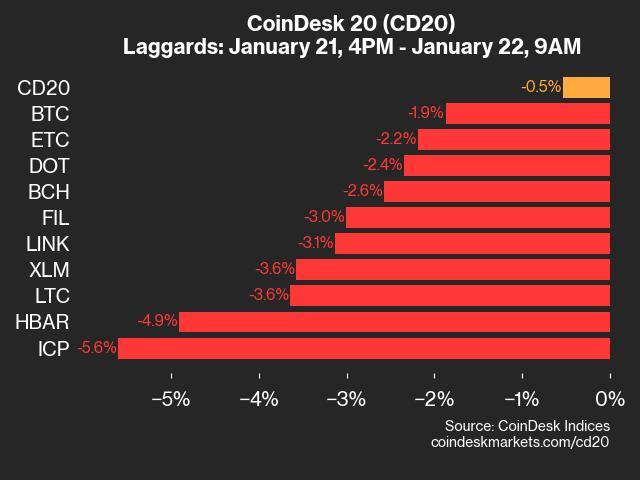
CoinDesk Indices presents its daily market update, highlighting the performance of leaders and laggards in the CoinDesk 20 Index.
The CoinDesk 20 is currently trading at 3956.13, down 0.5% (-21.14) since 4 p.m. ET on Tuesday.
Three of 20 assets are trading higher.
Leaders: SOL (+2.8%) and XRP (+0.2%).

Laggards: ICP (-5.6%) and HBAR (-4.9%).

The CoinDesk 20 is a broad-based index traded on multiple platforms in several regions globally.
-

 Fashion8 years ago
Fashion8 years agoThese ’90s fashion trends are making a comeback in 2025
-

 Entertainment8 years ago
Entertainment8 years agoThe Season 9 ‘ Game of Thrones’ is here.
-

 Fashion8 years ago
Fashion8 years ago9 spring/summer 2025 fashion trends to know for next season
-

 Entertainment8 years ago
Entertainment8 years agoThe old and New Edition cast comes together to perform You’re Not My Kind of Girl.
-
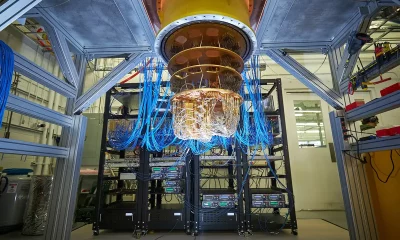
 Sports8 years ago
Sports8 years agoEthical Hacker: “I’ll Show You Why Google Has Just Shut Down Their Quantum Chip”
-
Business8 years ago
Uber and Lyft are finally available in all of New York State
-
Entertainment8 years ago
Disney’s live-action Aladdin finally finds its stars
-
Sports8 years ago
Steph Curry finally got the contract he deserves from the Warriors
-
Entertainment8 years ago
Mod turns ‘Counter-Strike’ into a ‘Tekken’ clone with fighting chickens
-
Fashion8 years ago
Your comprehensive guide to this fall’s biggest trends




You must be logged in to post a comment Login